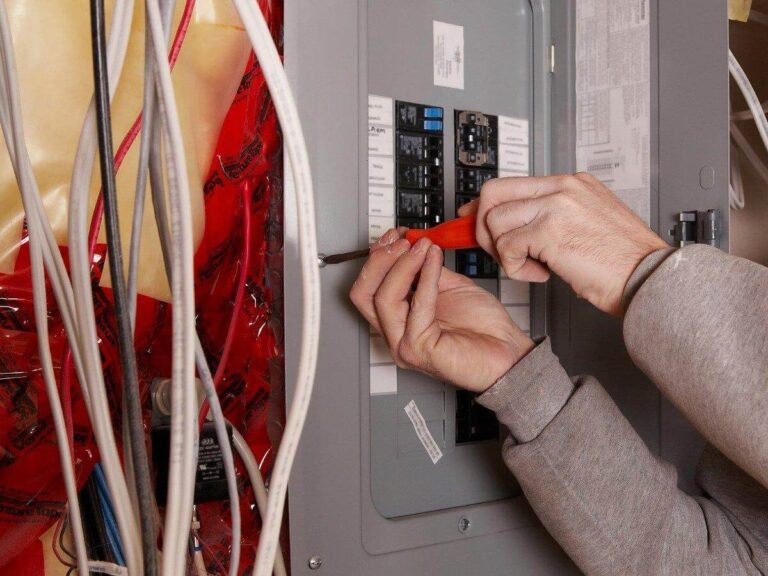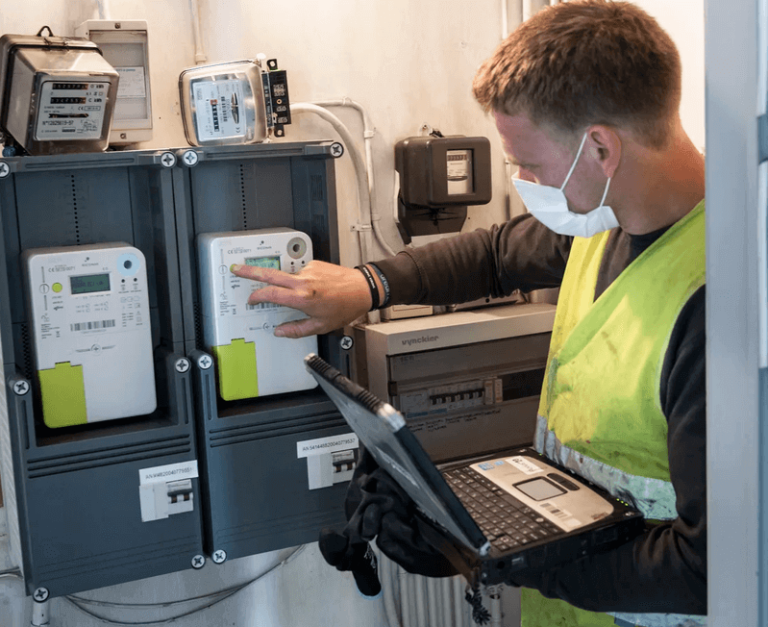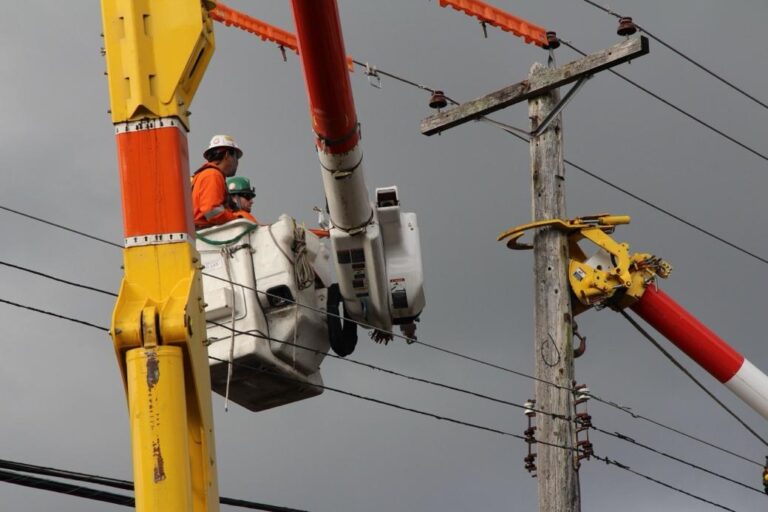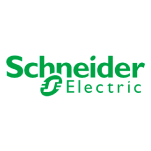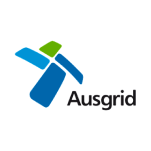Single-phase and three-phase power systems serve different functions, primarily distinguished by the type of electrical load they can handle. Single-phase power, common in residential settings, supplies power through two wires – one live and one neutral – and delivers electricity in a single alternating wave. While sufficient for household appliances, single-phase systems fall short when it comes to powering larger, industrial equipment due to higher energy demands.
In contrast, three-phase power delivers electricity in three alternating currents, spaced 120 degrees apart, ensuring a constant flow of energy. This makes it more suitable for commercial and industrial operations, where heavier loads are typical. Upgrading from single-phase to three-phase can significantly improve performance, efficiency, and cost-effectiveness in settings that require more robust energy systems.
Why Upgrade to Three-Phase?
Upgrading to a three-phase system comes with several advantages, particularly for businesses or industries looking to optimise energy use. Three-phase power offers better efficiency because it provides a more consistent energy flow, reducing the likelihood of voltage drops or power interruptions. This stability is essential for machinery and equipment that require a continuous supply of electricity to function properly.
Another benefit is reduced electrical losses. In a three-phase system, energy is distributed more evenly, decreasing the amount of current flowing through wires. This leads to lower resistive losses, meaning less energy is wasted as heat, and equipment operates more efficiently.
Additionally, three-phase systems are capable of powering larger motors and equipment without the need for expensive starters. The smoother operation of these machines leads to reduced wear and tear, lowering maintenance costs in the long run. Therefore, upgrading from single-phase to three-phase is not just about handling increased electrical loads; it’s also about enhancing the longevity and efficiency of equipment.
The Upgrade Process
Upgrading from a single-phase to a three-phase system involves several steps and considerations. The first is to determine whether your utility company offers three-phase power in your area. In many urban and industrial zones, this may already be available, but in rural areas, you might need to work with your utility provider to have three-phase power extended to your location.
Once you confirm availability, the next step involves assessing your current electrical infrastructure. You’ll likely need to replace or upgrade wiring, transformers, circuit breakers, and potentially the main electrical panel to accommodate the higher loads. It’s essential to work with a qualified electrician or electrical engineer to ensure the transition is both safe and compliant with local electrical regulations.
Additionally, existing equipment may need to be modified or replaced to work with three-phase power. While many modern machines can operate on both single and three-phase systems, older equipment may require new motors or components to handle the upgraded power source. While this adds to the upfront cost, the long-term savings on energy bills and maintenance can make the upgrade well worth the investment.
Factors to Consider
Before upgrading, it’s important to weigh the cost and benefits. The initial cost of transitioning to a three-phase system can be significant, especially if extensive infrastructure upgrades are required. However, for businesses that rely on heavy machinery, the return on investment in terms of increased efficiency, reduced maintenance, and lower energy costs typically justifies the expense.
By investing in the right professionals and considering the long-term benefits, upgrading from single-phase to three-phase can lead to substantial improvements in energy efficiency, operational stability, and overall cost-effectiveness.





